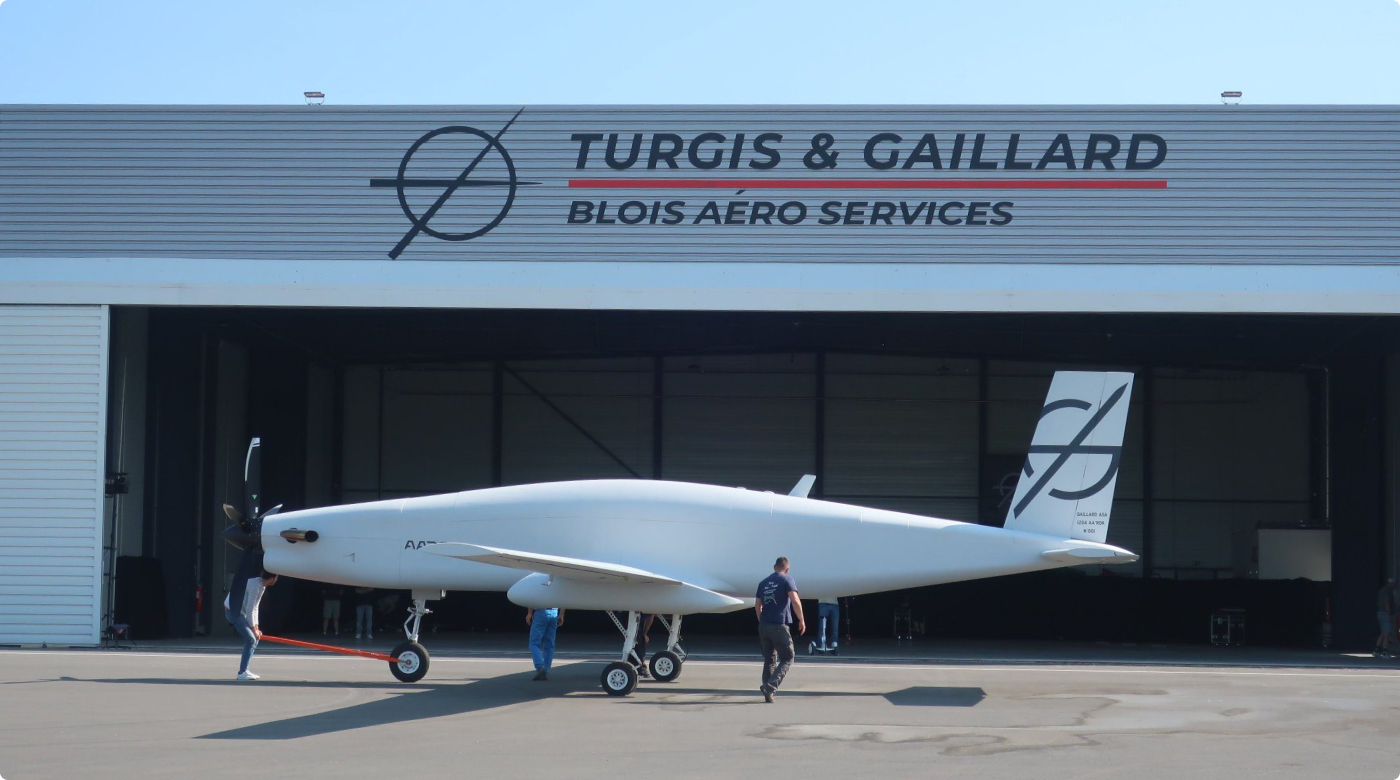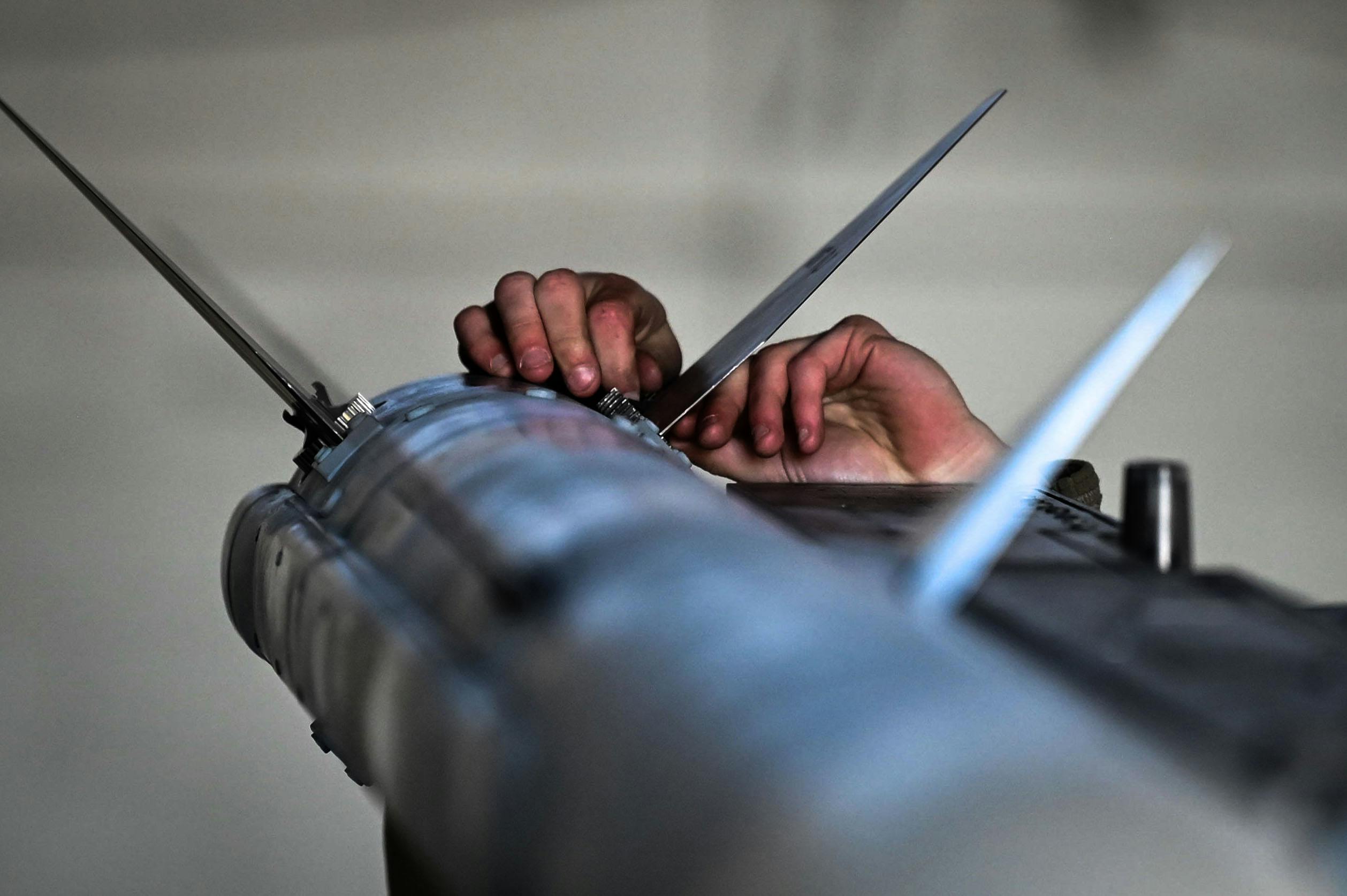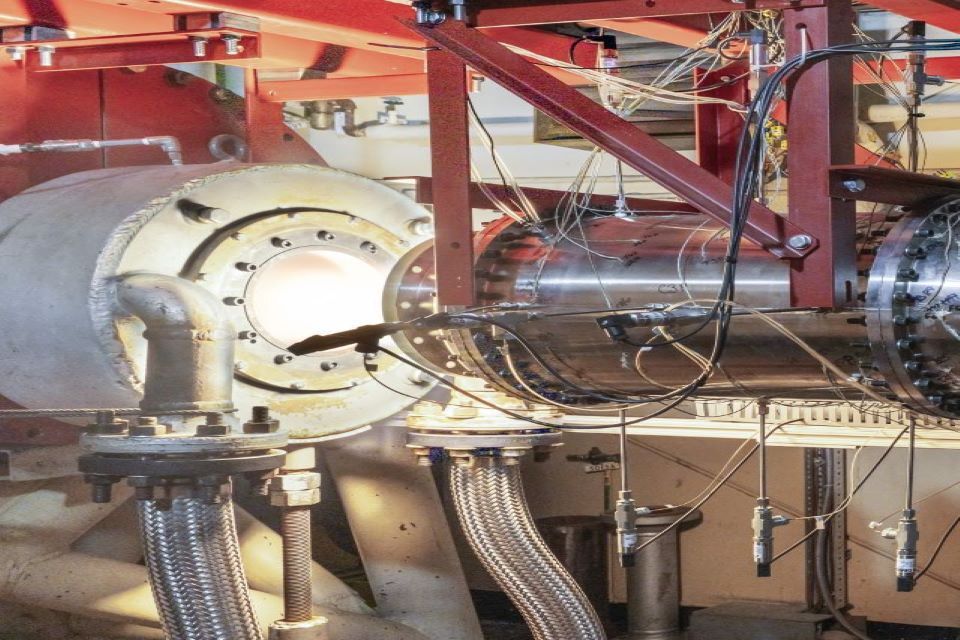- Reaction score
- 18,564
- Points
- 1,160
That’s not unusual. The Americans have had their FSCoords, FISTS etc separate from the gun batteries for many decades. They are part of the CS bn HQ. The Brits have had “tactical batteries” for years. Some aren’t even part of a regiment. Strangely though we tend to think and deploy in battle groups and inevitably a bn has a battery in DS with an FSCC and several FOO parties.What you, and probably some Canadian Artillery officers, would also find interesting is that despite the insistence that OPs should be in the Bty, it’s becoming increasingly common to see them separated. The Polish operate a Bde JFO platoon - essentially an Op Bty, to support their operations, it lives far for the gun Bty, their infantry Bns own their own FST platoons.
In the past we had separate command lines for the field and garrison. A FOO also was the Tp Comd for a gun troop with the troop’s two lts as his subordinates. A battery had one maj, three capts and six lts. Now it averages out to one maj, seven capts and two, maybe three lts if the establishment is filled.
Our current system is “clunky.” Some capts command a troop of thirty, others a party of five. Career flow has become less regular with some folks in STA and soon in air defence (which used to be its own field in days past)
I know why we went to the OP battery and it has some merit, but, we spend the vast bulk of our time in peace time administering ourselves, training for war and deploying only occasionally. A system where the FOOs and the OP parties return to the gun battery facilitates admin, career flow and training and creates a stronger bond between the gun line and their supported FOOs and FSCC on deployment. We need to rethink how distributed gun line operates. Three lts used to do that, now if there were full three-troop batteries you’d have three capts, three lts and capt BK. Tech has made disbursed troops easier to operate. IMHO, there is a bigger role for NCMs in the structure. Do FOOs really all need to be capts who have had “time in” on the gun line? It is getting very difficult to generate sufficient officers to feed the system. AD will complicate that even more.
I admit that I’m a bit removed from the current practical experience of a proper regiment, but sitting on the outside looking in, having spent my RegF career in one, I see stress points that need to be addressed if we want to have a structure that can be easily sustained.










